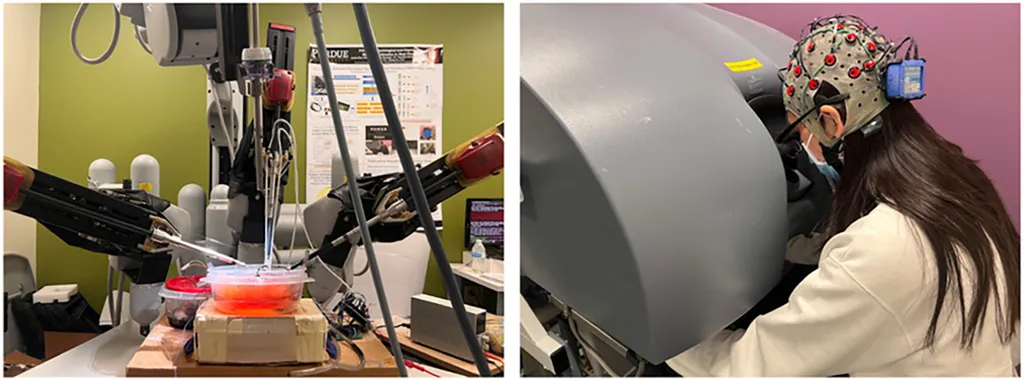In the realm of soft robotics, a groundbreaking study led by Jue Wang from Purdue University’s School of Mechanical Engineering is set to revolutionize the way we think about shape-morphing devices. These devices, with their potential applications in human-machine interfaces, biomimetic robotics, and tools for biological systems, have long been a subject of intense research. However, controlling these complex systems to mimic target shapes has been a significant challenge—until now.
Wang and his team have introduced a novel approach that leverages deep learning to map the configurations of shape-morphing devices, represented as point cloud data, to control inputs. This method, dubbed Shape Morphing Net (SMNet), has been successfully applied to 3D programmable shape morphing (PSM) devices with three different actuator mechanisms, demonstrating its universal applicability. “SMNet realizes the regression from point cloud to high-dimensional control input vectors,” Wang explains, “This allows us to inversely reproduce the target shapes with remarkable accuracy.”
The implications of this research are vast, particularly for the energy sector. Imagine pipelines that can adapt their shape to optimize fluid flow, or wind turbine blades that can morph to maximize energy capture under varying wind conditions. These are not just pipe dreams; they are tangible possibilities that could significantly enhance efficiency and reduce energy costs.
But the potential doesn’t stop there. SMNet has also been applied to previous 2D PSM devices, significantly enhancing control precision from 82.23% to 97.68%. This leap in precision could pave the way for more sophisticated and precise applications in areas like minimally invasive surgery, where precision is paramount.
The study, published in the journal *Advanced Intelligent Systems* (translated to English as “Advanced Intelligent Systems”), showcases the successful replication of arbitrary target shapes obtained through 3D scanning of physical objects or via 3D modeling software. “Within the deformable range of 3D PSM devices, accurate reproduction of the desired shapes is achievable,” Wang asserts.
As we look to the future, this research could shape the development of more adaptive and intelligent systems across various industries. From healthcare to energy, the potential applications of SMNet are as vast as they are exciting. This is not just a step forward in soft robotics; it’s a giant leap towards a future where machines can adapt and morph to meet our ever-changing needs.

